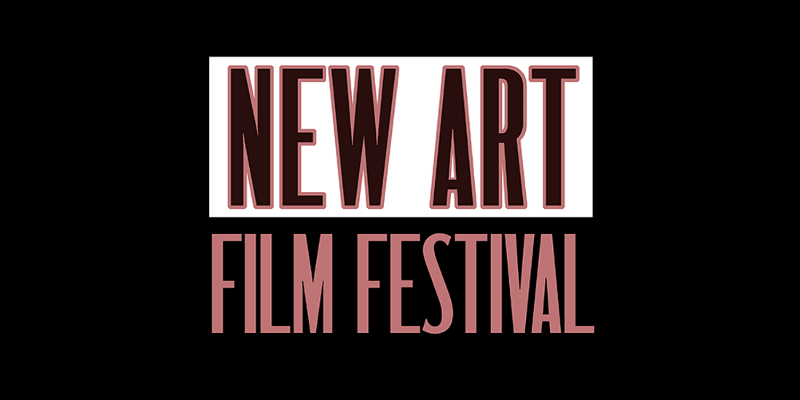As a filmmaker myself, I believe it goes without saying that a bit of selfish ambition undergirds making a film. A selfish ambition to express one’s self, or to present one’s internal struggles and questions in a neatly wrapped package. Even more is a hope to move others the way we have been moved. That moment that sends chills rippling down your spine? Those scenes that reach deep to embrace your soul? We hope to return the favor to the filmmakers before us by doing the same for others. Such is the importance of festivals like Champaign’s own New Art Film Festival (NAFF).
In its eighth year, NAFF curates a lineup of independently produced films — the lineup consists mostly of local films and few projects from California-based filmmakers — that run the gamut of film genres. From a Lego-animated journey to the moon to a clown’s comedic attempt to aid Dick Van Dyke to a study on revenge and forgiveness, NAFF offers plenty of options to satisfy all cinephiles.
Recently, I had the pleasure of speaking with a few of the featured filmmakers to discuss their projects and involvement in NAFF: Michael Boedicker (The Sheriff’s Children), Janjay Knowlden (a corner for august), and Keenan Dailey (Greene).
Smile Politely: OK — I’m going to present the most cliche filmmaking situation possible: You run into a Hollywood executive or producer, and this is your chance to talk about your film. What is your elevator pitch?
Michael Boedicker: Based on an acclaimed short story by Charles Chesnutt published in 1889, The Sheriff’s Children dramatizes the conflict between duty and family, as a sheriff guarding a prisoner from a lynch mob faces a crisis of conscience.
Janjay Knowlden: A transfer student relearns what it means to connect in a digital age.
Keenan Dailey: Greene is a student-lead no-budget psychological drama that tells the story of 28-year old gallery owner, Marcus Greene, who is struggling to find peace with the fractured remnants of his life. Despite the efforts of his brother-in-law and, largely due to Marcus’s depressive state, his gallery has begun to fail and is slipping into obscurity. This story follows Marcus’s journey through his subjugation.
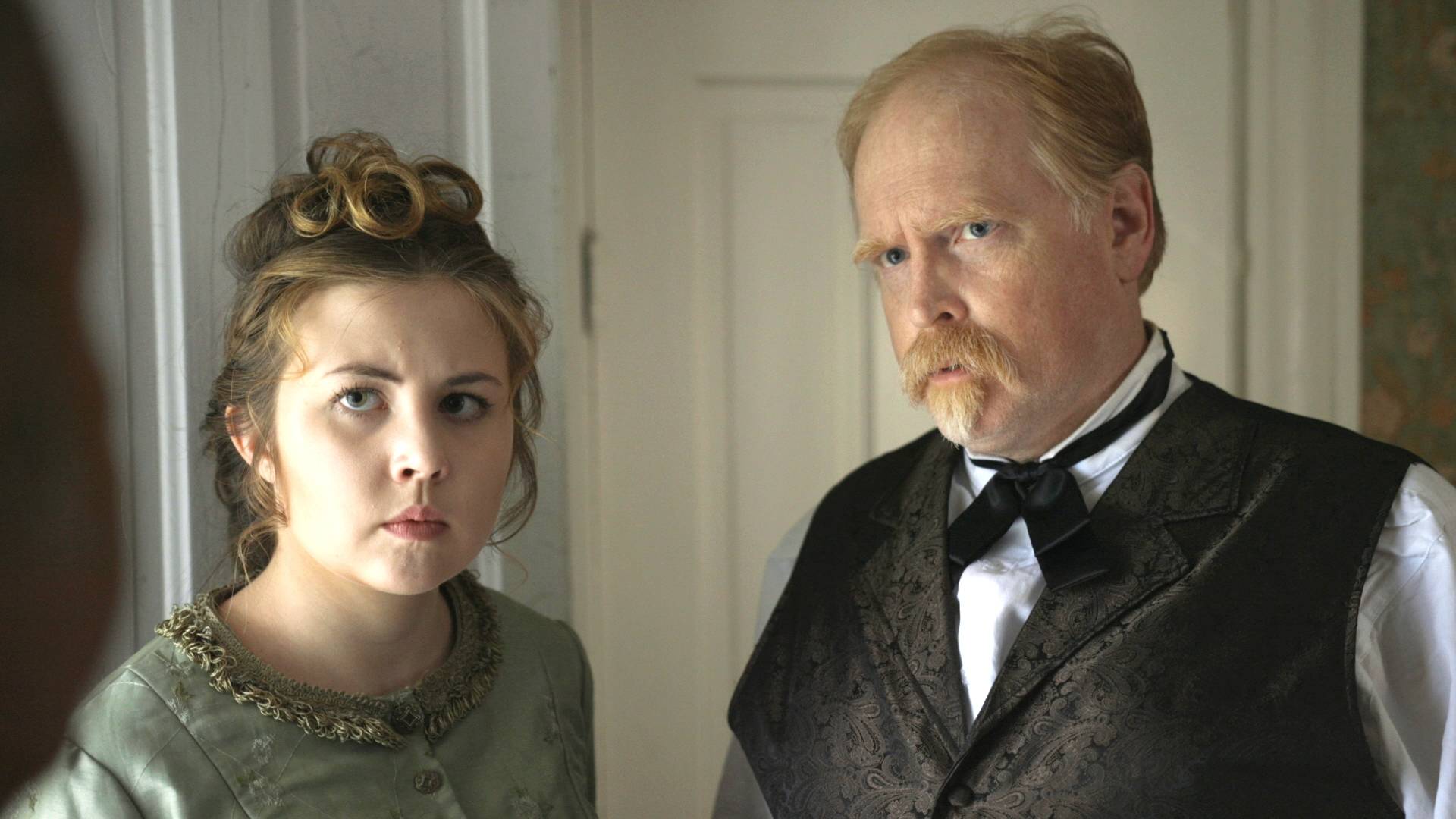
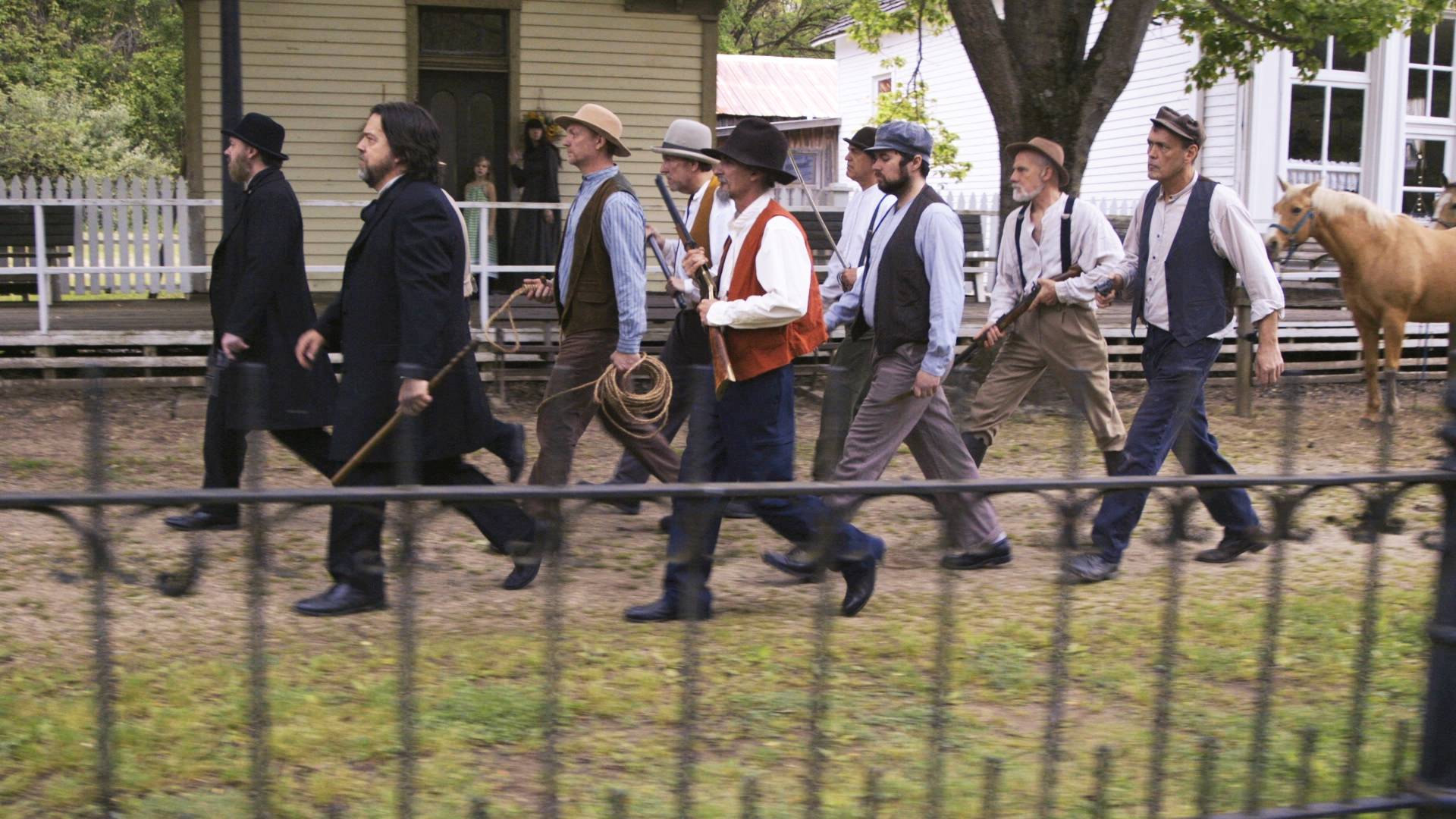 The Sheriff’s Children
The Sheriff’s Children
SP: Since we know an elevator pitch streamlines the content of a film, why don’t we explore your film a little deeper? Are there any themes or greater messages you explore in your film? Did you examine any topics or theme you have wrestled with yourself?
Boedicker: Chesnutt’s story is far removed from my own experiences, yet for some reason I responded strongly to it. I think that’s because (without giving away plot twists) it’s ultimately a story about betrayal, something most of us can relate to. The story remains relevant today, despite the 1880’s setting.
Knowlden: Yes, yes, and yes. When Sofia approached me about this project, she brought up themes that I’ve actually spent quite some time wrestling with myself prior to the making of this film: putting the need to fulfill others over fulfilling yourself. Balancing what makes you tick and what gets you going as a human being — in a world of stimuli that wants you to attach yourself to so many different things that may or may not coincide with who you want to be… I had been meditating on this already and felt like this would be an interesting thing to explore in the making of the film and getting to know August. It’s my hope that new students (whether new to U of I, new to college in general, new to a new degree, etc.) can relate to this film. How do you balance staying true to yourself while also allowing the room to grow via new experiences?
Dailey: Within Greene I explore a space of black mental health, in addition to how this premise arranges itself. I dive into what could be said is self-expressionistic autobiography within cinema. Greene is my version of a short poem. It’s a surrealist imagery study in how I attempt to convey a character ultimately written as an extension of myself.
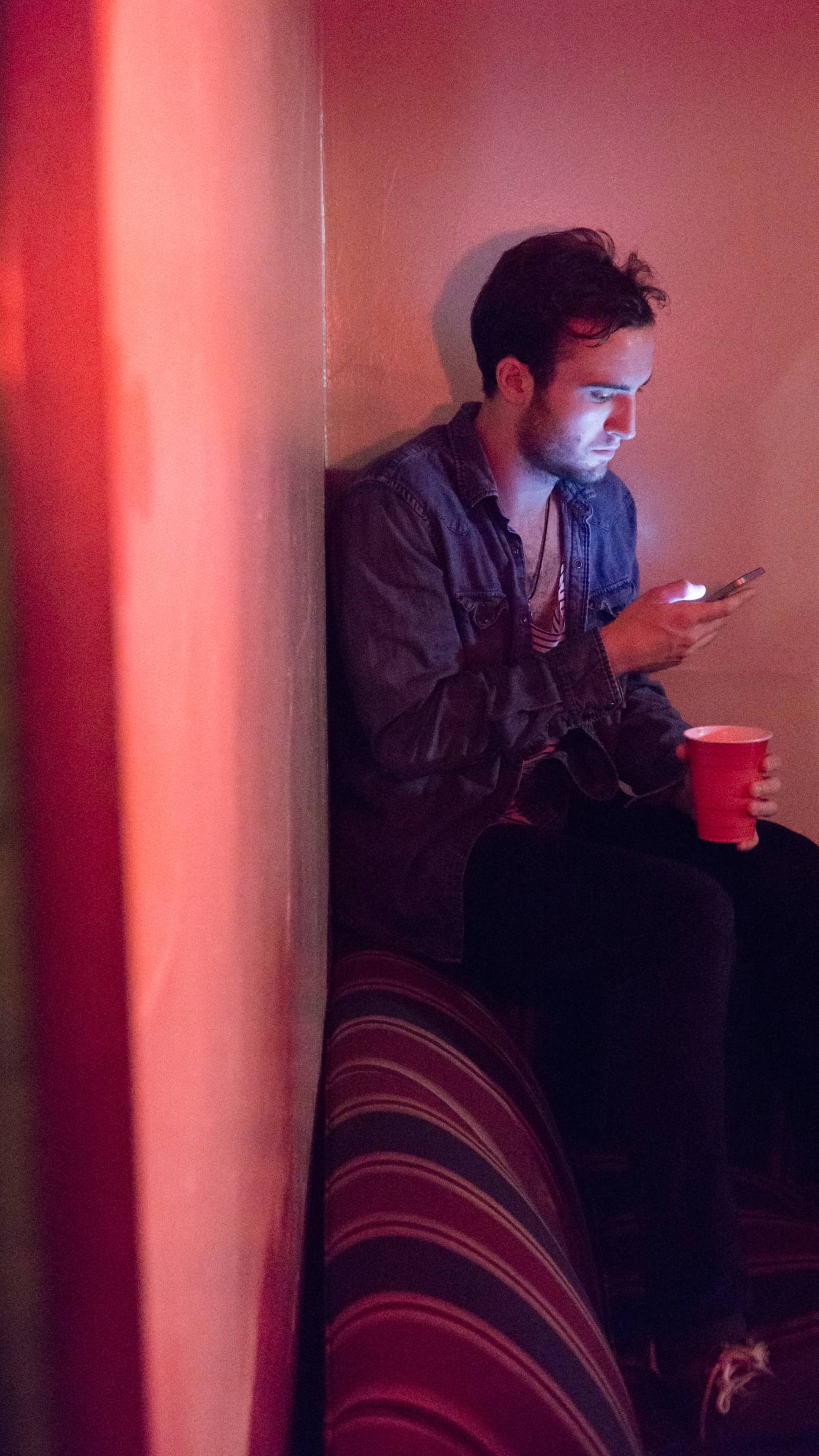
a corner for august
SP: What was your experience like making the film? A blood, sweat, and tears labor of love? A fun-filled endeavor?
Boedicker: Pre-production and production were a “blood, sweat, and tears labor of love,” but post-production (especially editing) was a lot of fun. I’ll never do a period film again on a low budget, because the normal logistics of locations, costumes, and props were compounded by the period element. I spent more time on pre-production of this 22-minute short than on my three feature films combined, mostly because of location scouting. I looked at thousand of photos of old jails online and visited a great many in Illinois, Indiana, and Kentucky. But once all the elements were in place, the shoot itself was generally smooth. We had a terrific cast and crew, and (as in most of these projects) everyone wore a lot of hats. We also had great help from places like Parkland College Theatre, which (thanks to Malia Andrus) provided most of the costumes, and the Vermilion County Conservation District which provided most of the locations.
Knowlden: It was a lot of fun and a lot of work. This was my first time full-on directing a project, no matter the medium. There was a refreshing sensation of feeling like the author of this project. I was able to use my voice to tell a story that meant something to me and (I suspect) may mean something to others as well. It’s a great feeling, but I definitely know that I have room to grow.
I come from an acting background and in my acting work, I enjoy delving deep into the play or film as a whole. I like understanding the way the whole piece breathes and lives, so I can understand how I (the actor and character) fit within that. It was super cool to bring that same experience into the directing work and help guide the entire process. I absolutely could not have done it without the support and artistry of the entire cast and crew though. Everyone from Nic to Sofia to Michael and more brought a lot of interesting ideas to the table which ended up in the final product that you see.
Dailey: This was the most intense work process that I’d ever experienced working on a film. The total process from pre-production to marketing was a 9-month long endeavor. This was a blood, sweat, and tears labor of love. I literally got punched in the face for this film to be completely honest. Haha.
SP: Any moment(s) during the production of the film that stick out as highlights?
Boedicker: The centerpiece of Chesnutt’s story is a confrontation between the sheriff and prisoner where they essentially bare their souls. It’s the sole reason I wanted to make the film, and shooting that scene was satisfying for me because of the great acting of Bill Kephart and William Rose and the lighting of Thomas Nicol. I had even more joy editing it.
Knowlden: Working in the party scene was fun. Discussing how the shoot went and ideas for the future afterwards with Ryan and Nic was always insightful. Basically, directing Ryan Luzzo. The man came to work. If you ever get the chance to work with him, whether acting alongside him, under his direction, or directing him, take it.
Dailey: I believe the kitchen scene with “Kyle” played by actor William Anthony Rose and “Shareen” played by London Marie Thomas were the best scenes as all hands were on deck, the energy on set was impeccable and we were able to film everything we wanted and planned for and as much as we wanted and needed without restriction.
SP: What does a festival like NAFF mean to you as a filmmaker? Better yet, what does it mean to you have one of your films playing in a theater like The Art?
Michael Boedicker: NAFF is special because it’s about supporting local filmmaking and presenting the work to a film-savvy audience that appreciates something different. And the Art Theater is a great venue for the same reasons. I’ve shown two other projects at the Art and it always feels like the best venue
Knowlden: It still hasn’t fully hit me that it’s really happening at NAFF. I remember when I first took interest in film, particularly in the C-U area, I always saw screening a film at NAFF as a whole ‘nother level. It was something only the big leagues in town did. It’s been great to realize that a goal of mine has been realized and it’s encouraging to know that there are still goals yet to be accomplished.
I’m looking forward to screening at the Art Theatre. We screened a short film that I co-directed with Nic [Morse] at our production company Protagonist Pizza’s film festival last year. It’ll be interested to track not only the difference in experience in myself, but also the difference in reaction from last year’s crowd to this year’s.
Dailey: NAFF was the first film festival I got into ever with my first short being Labyrinth. I was incredibly surprised and humbled by director Jason Pankoke’s support and the filmmaking communities embrace of me and my art and I plan to pay that forward.
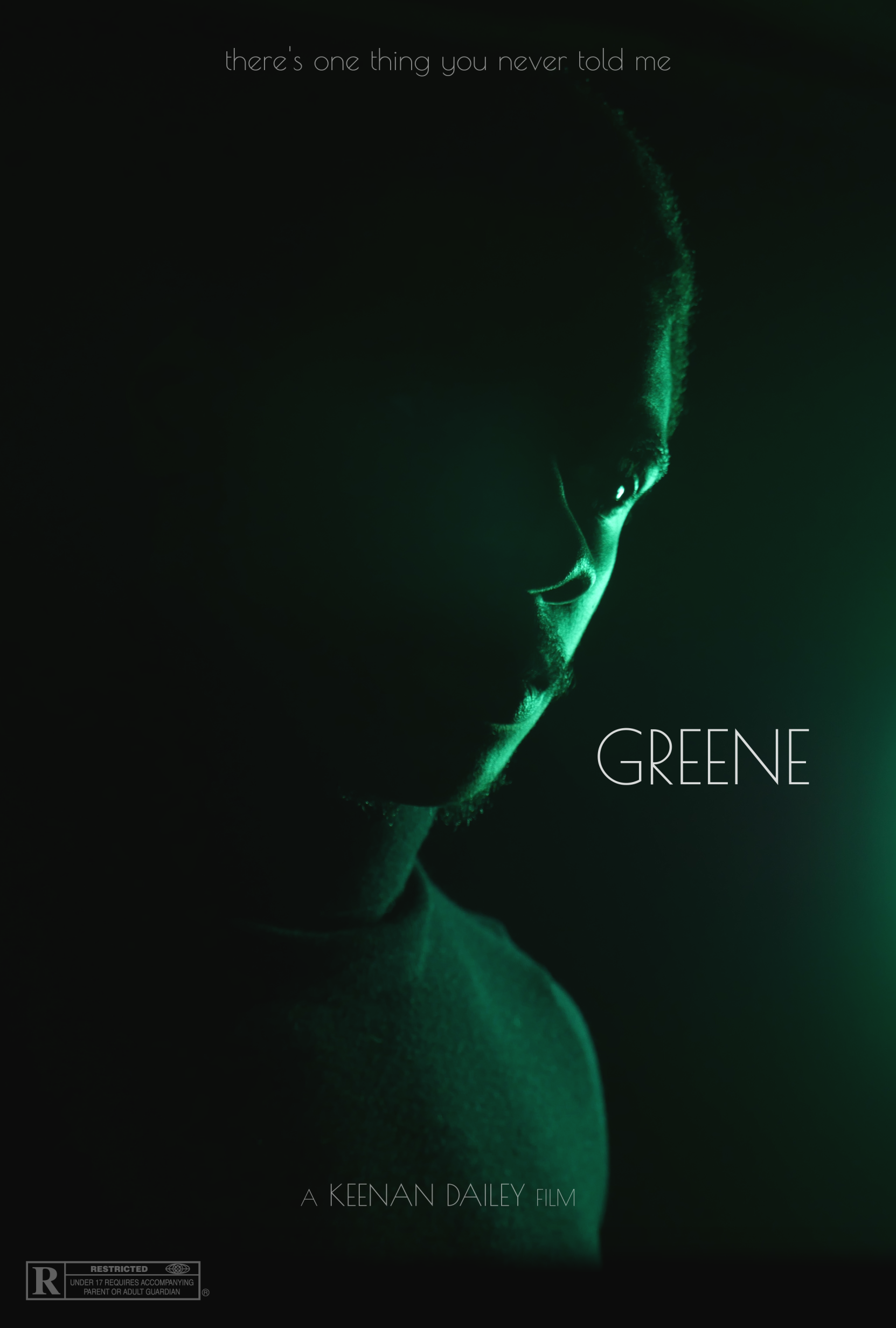
Greene
SP: Do you hope your film impacts the local filmmaking community/scene?
Boedicker: There have been many examples from local filmmakers of projects that look far richer than their true budgets would indicate, and I hope Sheriff’s Children will be another example of this — that even a period piece can be done with modest means as long as there is commitment from cast and crew, and lots of help from friends and organizations.
Knowlden: I absolutely do. I hope this opens up more avenues for collaboration both for myself and others within the Champaign-Urbana community and beyond.
Dailey: Yes I do. The film community within Champaign has a wide range of potential talent and hardworking individuals. However, they fall prey to a production lull. I feel as though filmmakers here do not struggle with their content as much as they need to. They don’t self criticize as much as they perhaps should, and me being an artist I never want to bog down artistic expression. But there is something to be praised in a self-critical eye. As Martin Scorsese has said “If you don’t get physically ill seeing your first cut, something’s wrong”. I will always push myself beyond this and seek to dismantle each film I make after it’s done to find out how I can be better and create better moving forward and I would like to set that standard for all local filmmakers. To ask for critique, understand that it hurts, learn from it and get better.
Any advice for aspiring filmmakers or filmmakers hoping to submit work to the festival circuit?
Boedicker: Try not to be discouraged by rejection, especially after you’ve read the umpteenth rejection form letter that says its festival “had a record year for submissions” etc., etc. Be selective in the festivals you submit to, and never base your feelings of the film’s worth on its acceptance or rejection at festivals.
Knowlden: Keep on making art, man. Don’t be afraid of failure/rejection. In fact, lean into failure and rejection. Take those as opportunities for self-improvement. Collaboration is a must on any artistic project. Have fun, because if it ain’t fun, then it ain’t worth doing.
Dailey: Don’t stop pushing for your art, be critical of it, struggle with it, take all criticism, use it so you can put forward the best version of what your art can and should be.
———
NAFF takes place on October 29th from 6-11 p.m. The festival will be separated into three separate blocks of film focused on different genres and styles. Check out the festival schedule to get a glimpse.
NAFF will offer additional events which program director Jason Pankoke says will “enlighten and entertain,” and will be held in Downtown Champaign. David Logan, prose editor at Quiddity International Library Journal, will speak on poet Vachel Lindsay, and “his landmark cinema analysis from 1915, The Art of the Moving Image.” For those who prefer a more laidback, friendly event festival filmmakers and film lovers will meet from 3-5 p.m. to discuss featured films and more at Radio Maria (119 N. Walnut St).








